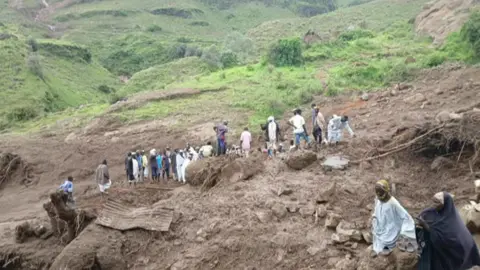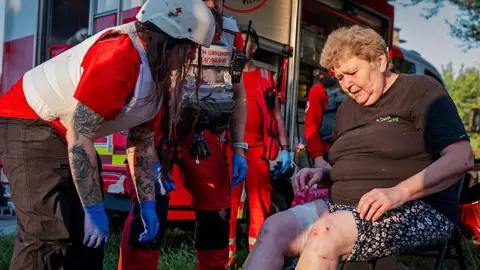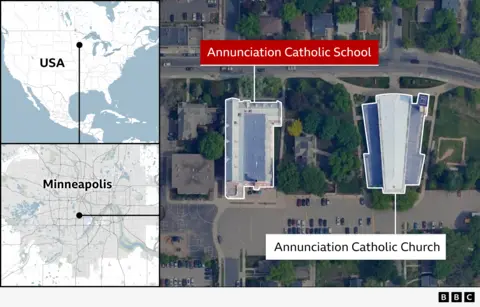On June 15, 2025, the catastrophic crash of Air India Flight 171, which claimed the lives of at least 270 individuals, continues to create heartbreak and challenges for investigators in Ahmedabad, India. The intense fires resulting from the Boeing 787-8 Dreamliner's impact are complicating the identification of victims' remains, with only 35 bodies released to grieving relatives so far.
Preliminary findings indicate that the crash site reached temperatures of up to 1,500 degrees Celsius (2,700 degrees Fahrenheit), which can incinerate bodily remains and severely hinder DNA testing efforts. H.P. Sanghvi, director of the forensic lab overseeing the samples, reported that such extreme conditions pose significant obstacles, as the intense heat damages the DNA required for identification. As families anxiously await news about their loved ones, the painstaking process of identification unfolds, and the emotional toll of the tragedy weighs heavily on the community.
The fallout from this disaster highlights not only the immediate human loss but also raises concerns about aviation safety protocols. With thousands of families affected, authorities will undoubtedly face scrutiny as they seek to navigate the aftermath of this harrowing event.
Preliminary findings indicate that the crash site reached temperatures of up to 1,500 degrees Celsius (2,700 degrees Fahrenheit), which can incinerate bodily remains and severely hinder DNA testing efforts. H.P. Sanghvi, director of the forensic lab overseeing the samples, reported that such extreme conditions pose significant obstacles, as the intense heat damages the DNA required for identification. As families anxiously await news about their loved ones, the painstaking process of identification unfolds, and the emotional toll of the tragedy weighs heavily on the community.
The fallout from this disaster highlights not only the immediate human loss but also raises concerns about aviation safety protocols. With thousands of families affected, authorities will undoubtedly face scrutiny as they seek to navigate the aftermath of this harrowing event.






















